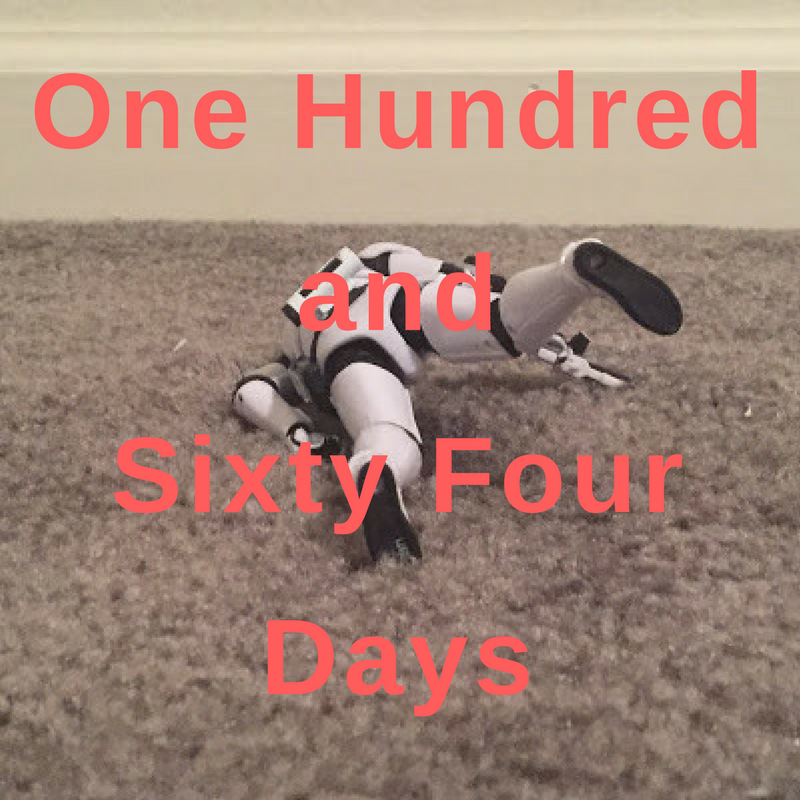Well, they did it . . . but boy, I have to admit they didn't do it like I thought they'd do it.
Joe Quesada has been so adamant about ending Spider-Man's marriage for so long that I honestly though that when he finally got the chance to undo it, he'd at least try to make it more convincing. But no, this isn't really any kind of conclusion to the marriage. What this is is a trial balloon with a foolproof escape hatch for when the creators get cold feet. They'll have an easy way to get the marriage back when they need to boost sales in 12-18 months, while also serving as a way to get rid of a few less popular changes permanently. For instance: the whole secret identity blown to shreds in Civil War thing? Organic webshooters? Spider-totems? "Sins Past"? The Other? Aunt May knowing his secret identity? All swept under the rug, and none of them will be missed much. (Maybe the Aunt May thing, that was a popular decision.) But when they undo this undoing they'll be able to take back the marriage while leaving all that other stuff safely in the past.
I am reminded of New Coke. Because, obviously, they want the readers to think they're really invested in doing things this way. I think, probably, Joe Quesada would be perfectly happy to let this be the new status quo. But the fact is it won't stick, and the fact that they left themselves such a huge back door is telling. I imagine - and this is simply conjecture, understand - that as much as Quesada would like to think the change will be popular and lasting, he's not stupid enough to think it couldn't easily be undone. He might even be the one called on to undo it. So: best lay the foundation now instead of having to bend over backwards in the future to undo a more "permanent" fix. Usually when editors and writers want to fool themselves into thinking a change is "permanent", they're just going out of their way to make it as hard as possible for the next set of creators to undo it. Look at Hal Jordan: they screwed him over so royally that his eventual return became of the most convoluted retcon jobs in the history of superhero comics. The Powers That Be at DC circa 1994 really wanted Hal Jordan gone, but even given that, he eventually returned. Just made more work for the next guys.*
I have to admit that even after my interest in the stories has receded to being primarily forensic, I am still fascinated by how these kinds of editorial processes are influenced by / interact with the demands of the marketplace. Has anyone else noticed that The Other has been forgotten? Even before "One More Day", the crossover had been forgotten. Its only real after-effect was a subplot in the b-line Friendly Neighborhood Spider-Man book - hardly the paradigm-shifting status-quo upheaval that had been promised. The fact is that while the story itself had little or no impact, it did represent a turning point for the series - perhaps not the turning point the creators had initially intended, but sure enough, after it was over the books were obviously casting about in search of a new direction. When Civil War came around, they leapt at the chance to take Spider-Man in the most extreme direction possible, because they were probably already planning some kind of massive revamp to fix the fact that they'd painted themselves into a corner in a number of different ways. Take everything apart before you put it back together. I knew as soon as they did it - the secret identity thing - that they had a plan to put all these toys back in the box. And, it only makes sense that they'd try to see just how much other accumulated crap they could get away with negating when they did it.
I think one of the reasons why "One More Day" seems so anomalous is that Marvel doesn't make usually do these kinds of sweeping reboots. Since 1985, DC has had a pathological mania for internal cohesion that would put Martin Luther to shame, but Marvel - ostensibly the more "consistent" publisher, at least based on their calcified reputations circa 1969 - has always been much looser. For instance: about a decade ago they revealed that Tony Stark had been, since 1965, a mind-controlled double-agent for Kang the Conquerer. The "real" Stark was then subsequently and replaced with a teenage counterpart from an alternate universe. Thankfully, the whole "Onslaught" / "Heroes Reborn" thing happened, because it gave them a cover with which to back away from the story. And how exactly did they clear up the matter and restore Stark to his previous status quo? They didn't, they just hit the ground running after "Heroes Reborn" and never looked back.
Or, look at the Clone Saga. They went out of their way to repeatedly establish that the Peter Parker who had been married to Mary Jane and had served as Spider-Man for the previous twenty years was in fact a clone. And then, at the end of the of Clone Saga, it turned out that Ben Reilly had in fact been the clone all along. How was this so, after they had asserted so many times that Ben Reilly was in fact the real deal? They never mentioned this surprise reversal again. They also never mentioned Baby May again. (Leastwise, never in regular continuity.) Despite the clamor of a very vocal minority, the issue was dropped like a hot potato.
Joe Quesada probably thinks, if he has any sort of historical perspective, that the end of the marriage will be like the end of the Clone Saga, a quick unsatisfying fix that is ultimately just a means to an end. But I think it's much more likely that, regardless of the success of "Brand New Day", the decision will prove unpopular enough to be eventually reversed. They're smart to give themselves an easy out, because chances are they'll need it.
What is the long-time reader's initial reaction to the newly-single Peter Parker we see at the end of "One More Day"? He's cheating on MJ, whatever else he does. Even Mephisto acknowledges the sacrament of their marriage in the course of the story. It's laid on so heavily, in fact, I have a hard time believing we're really supposed to be able to warm to whatever new blonde hipster chick they're selling as his new romantic interest. They must think we have the collective attention spans of a cocker spaniel. One moment - everlasting love that will endure any hardship; the next - oh I can has blonde hipster chick? I begin to see why J. Michael Straczynski wanted his name taken off this story - there's too many plot hammers striking in contradictory directions. For all you can say about some of the questionable stories he put his name to while writing the book, they were still his stories, for better or for worse. This, however, isn't a story that has any real purpose other than to enable other stories - not the first time that's ever happened, but boy is it obvious.
* Of course, it's not like creators haven't been known to complicate things unnecessarily as well. When they "killed" Green Arrow back in the mid-90s, to be temporarily replaced by Conor Hawke, they ("they" being Chuck Dixon) did it in such a way that the next writer could bring Oliver Queen back with no fuss whatsoever: there was a plane crash in Metropolis, no body was ever found, and Hal Jordan / Parallax was seen at the site of the empty grave after the funeral. You had a no-muss, no-fuss resurrection right there: Parallax swooped in to save Ollie before the plane crashed and hid him someplace where Superman couldn't find him. But no, when Kevin Smith brought the character back he had to think up the most ass-backwards convoluted ten-issue-long resurrection story conceivable. I could have done it in the space of a page, and saved the world from a "grim & gritty" update of Stanley & His Monster in the process.




